You are sitting in your office in Montréal, in the middle of a Skype videoconference with your team in Hyderabad. The quality of the transmission, both video and audio, is very good. When you ask your colleagues about some delays in their deliverables, they assure you everything is fine. Then they start talking among themselves in Hindi. After a few minutes you ask. “What was that about?” “Oh nothing to worry about,” the project lead responds. “We were talking about some scheduling issues related to Priya’s family and some holiday travel.”
Now you are concerned. You consider yourself a pretty good judge of when someone is being dishonest. But your experience with deception detection covers only to face-to-face conversations with members of your own cultural group. Do your detection skills extend across computer-mediated communication media, such as a Skype conference call? And do your skills extend across cultural groups?
Actually, you probably aren’t as good a judge of dishonesty as you may believe. The research in communication has consistently shown that people are little better than chance at successfully detecting deception, with success rates at about 54 per cent. People are only able to detect deception at all because deception is hard. In trying to control the message, their nervousness, their gestures, and their body language, deceivers actually emit cues to their deception. Successful recognition of the cues leads to successful detection. Also, the extent to which your detection skills operate successfully across computer-mediated communication modes – videoconferencing, texting, voice-over-IP, email – is somewhat cloudy.
Theoretically, different media transmit more or fewer cues to deception, depending on their bandwidth. Media with higher bandwidth should transmit more cues, implying that detection should be more successful when communicating over those media. However, much of the research on the relationship between communication mode and deception detection shows no direct association.
Successful detection across media seems to depend on other intervening factors, such as the motivations of the detector or the demeanor of the deceiver. And what about detecting deception across cultures and languages? Very few studies have investigated this relationship until recently. There are strong arguments on each side of the issue. On the one hand, the specific discrimination perspective argues that deception is culturally and linguistically determined, making it very difficult for a person from one cultural group to successfully detect deception when engaging with someone from a different group. On the other hand, the universal cue hypothesis holds that everyone, regardless of culture or language, deceives others in similar ways and emits similar cues when doing so. In that case, the indicators of deception are familiar to everyone, making it possible to detect deception across cultures and even across languages.
Our study was designed to help answer this question: To what extent can people successfully detect deception across cultures and across media? We first created three sets of experimental stimuli, with students from the U.S., Spain, and India. We asked each student to enhance a scholarship application to make themselves look better than might be the case. Each participant was then interviewed about the application, and we recorded the interview. We used the participant’s résumé as base truth, and we assumed that anything on the application, which was not on the résumé, was false.
In this way, we knew which parts of the interview were honest and which were dishonest. We edited each set of about 20 interviews into 32 separate segments. Half of the segments were honest and half were not. The segments also varied by media: one quarter each represented full audiovisual, audio only, video only, and text, respectively. (Text segments were transcribed from the interviews.) Each stimulus set – one in American English, one in Spanish, and one with Indians speaking English – was then shown to disinterested third parties. These veracity judges, who were either Americans, Indians or Spaniards, were asked to determine which of the 32 segments were honest and which were dishonest. If they believed a segment was dishonest, we asked them what they had noticed about the segment that indicated it was dishonest. Each veracity judge was exposed to only one stimulus set, either from their own or from a different cultural group. All of our study procedures were approved by the appropriate university ethics review boards.
We found that media did have a role in successful deception detection. Deception detection was worse for video without sound, the type of transmission you might encounter in surveillance video. There were no differences between the other three types of media: full audiovisual, audio only, and text. We determined that the number of cues to deception transmitted via video without sound were fewer than for the other three media. We also found that our veracity judges could successfully detect deception in other cultural groups, even when they did not understand the language of the other group. In fact, American veracity judges were better at detecting deception in other cultural groups than they were in their own. Finally, the veracity judges reported relying on 23 different cues to deception. Regardless of their culture, however, the judges tended to rely on the same cues for successful detection. The most popular cues were the tone or pitch of the voice, fidgeting, and providing a vague response.
What’s the takeaway from our study? First, media does matter for successful deception detection. Media that transmit fewer cues to deception make successful detection more difficult. We only looked at four media, but there are others that can be investigated. Second, the universal cue hypothesis seems to hold. People can successfully detect deception in cultural groups other than their own, and people from different cultural groups rely on roughly the same cues to detect deception. So, the odds are good that you would be able to detect deception in your Indian team in Hyderabad, at least as successfully as you would among your peers in Montréal. Communicating via a Skype videoconference shouldn’t make a difference – just be sure the sound isn’t muted!
♣♣♣
Notes:
- This blog post is based on the author’s The Effects of Communication Media and Culture on Deception Detection Accuracy, co-authored with Manjul Gupta, Gabriel Giordano, Annette Mills, Vanesa M. Tennant, and Carmen C. Lewus, MIS Quarterly, forthcoming
- The post gives the views of its author, not the position of LSE Business Review or the London School of Economics.
- Featured image credit: Virtual meetings, by Cambodia4kids.org Beth Kanter, under a CC-BY-2.0 licence
- When you leave a comment, you’re agreeing to our Comment Policy.
 Joey F. George is Professor of Information Systems and the John D. DeVries Endowed Chair in Business in the College of Business at Iowa State University, USA. His research interests focus on the use of information systems in the workplace, including deceptive computer-mediated communication, computer-based monitoring, and group support systems. He is a past president of the Association for Information Systems (AIS), and in 2008, he was selected as a Fellow of AIS. In 2014, AIS recognized his work with the LEO lifetime achievement award.
Joey F. George is Professor of Information Systems and the John D. DeVries Endowed Chair in Business in the College of Business at Iowa State University, USA. His research interests focus on the use of information systems in the workplace, including deceptive computer-mediated communication, computer-based monitoring, and group support systems. He is a past president of the Association for Information Systems (AIS), and in 2008, he was selected as a Fellow of AIS. In 2014, AIS recognized his work with the LEO lifetime achievement award.





